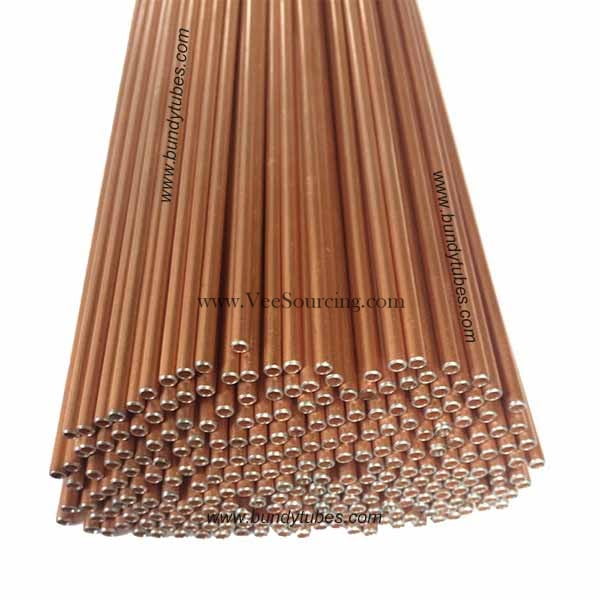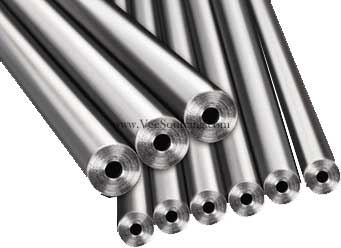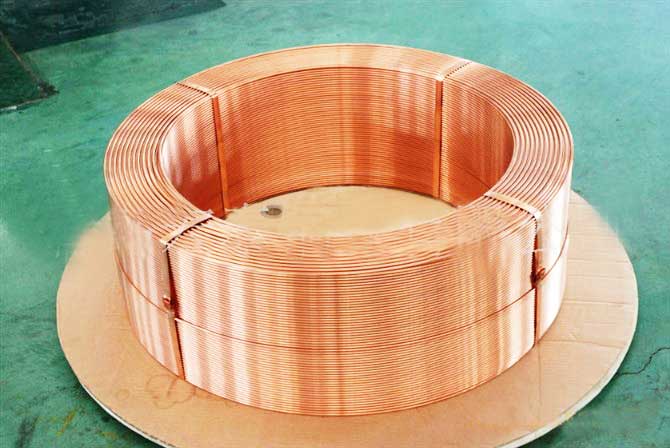The thermal effect coarsening of β-grain in additive manufacturing (AM) titanium alloys is very important for obtaining fine β-grains similar to forgings, but it has been completely ignored in previous studies.
The article “Heat-affected coarsening of β grain in titanium alloy during laser directed energy deposition” published by the team of Professor Huang Weidong and Lin Xin of Northwestern Polytechnical University reported the instantaneous high temperature during laser directed energy deposition (higher than β-phase The thermal cycle of the change point (Tβ) can cause the equiaxed β-grains of Ti6Al4V to coarsen significantly. When the initial β-grain is small, the laser energy density is large, and the preheating temperature is high, the grain coarsening becomes more serious. At the same time, a modified model for predicting the coarsening of the β-grain size of the additive manufacturing (AM) titanium alloy is proposed.
These research results not only provide a more comprehensive understanding of the β-grains of additively manufactured titanium alloys, but also have important guiding significance for the composition design of AM titanium alloys with fine equiaxed β-grains.

Considering the limitation of heat treatment in refining/changing the primary β grains, the research on achieving fine equiaxed β grains is mainly focused on the as-deposited AM titanium alloy. Generally speaking, the final β grain structure of the as-deposited AM titanium alloy depends on the grain growth during the solidification of the molten pool and the grain coarsening in the heat-affected zone (HAZ) caused by repeated thermal cycles. On the one hand, so far, researchers have made many efforts to change the beta grains by controlling the solidification process. The detailed methods include: (i) increasing the degree of subcooling by adding alloying elements with larger growth limiting factors, (ii) increasing nucleation sites, such as using a larger powder feeding amount or strong high-intensity ultrasound, And (iii) improve the characteristics of the molten pool by changing the process parameters. On the other hand, all previous studies on the HAZ of AM titanium alloys mainly focused on the coarsening of the α phase (layer zone: coarse Widmanstat α clusters) and the HAZ that varies with the process parameters. The coarsening of β grains in the AM titanium alloy HAZ with completely different coarsening is completely ignored.
In fact, it is well known that in the traditional process (casting, welding and forging), above Tβ, the β-grain in the titanium alloy will be significantly coarsened. However, compared with the traditional process, the time of multiple instantaneous high temperature thermal cycles above Tβ during AM is very short. For example, in the laser directed energy deposition (DED) process, the time of each thermal cycle is less than 1s. Therefore, it is still unknown whether β-grain coarsening due to thermal influence will occur in AM titanium alloys.
In this work, the team of Professor Huang Weidong and Lin Xin of NWPU deliberately designed a Ti6Al4V substrate with an initial equiaxed β-grain size (D0) of about 80μm. Under the condition of 25℃ and preheating 800℃, the β-grain size (D) and the degree of grain coarsening (m=D/D0) of Ti6Al4V coarsening as a function of energy density (El) during DED were studied And the grain coarsening thickness (h). In addition, based on the temperature data simulated by the finite element (FE), a modified model is used to predict the coarsening of the β-grain.
Figure 1 shows the microstructure of the DED sample with an El of 217J/mm at 25°C and 800°C. The organization consists of four regions: the original substrate, micro-HAZ (characterized by the coarsened α phase), β-HAZ (characterized by the apparently coarsened β grains), and the deposited layer. The substrate presents equiaxed β crystal grains (color) and a small amount of residual primary α phase (white) evenly distributed. The average D0 of the substrate at 25°C and 800°C is 70μm and 56μm, respectively. Correspondingly, the average D in β-HAZ is 211μm and 289μm, respectively; the β-HAZ height h representing the thickness of the coarsened β grains is 597μm and respectively. 1942μm.
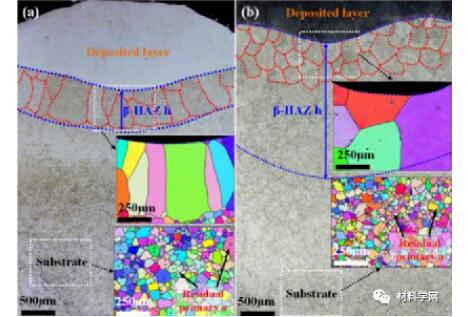
Based on experimental measurements, Figure 2 shows D0, D, m, and h under different process conditions. The D0 of all substrates is 56~91 microns. The values of D, m, and h of the 800°C substrate are larger than those of the 25°C substrate, and at the same substrate temperature, the values of D, m, and h all increase with the increase of El. Specifically, when El is equal to 425J/mm, D reaches 374μm and 546μm at 25℃ and 800℃, respectively, which is about 4 times and 9 times of D0, and the corresponding h also reaches 1160μm. And 4162μm.

According to previous studies, in DED titanium alloy, the thickness of the deposited layer (the distance between two adjacent fusion lines) is about 40% of the height of a single layer. In this study, for the 25℃ and 800℃ substrates, the single layer height is about 637~1640μm and 787~2738μm, respectively. Therefore, the corresponding theoretical layer thicknesses are 255~656 μm and 315~1095 μm, respectively. Obviously, h (25℃: 344~1160μm and 800℃: 646~4162μm) is much larger than the layer thickness. Therefore, during the multi-layer deposition of DED, the β-grain size may be affected by several subsequent deposition layers. Therefore, the m obtained from this single-layer deposition experiment is underestimated. In addition, the presence of the primary α phase remaining in the substrate may delay the coarsening of β-crystal grains in β-HAZ.
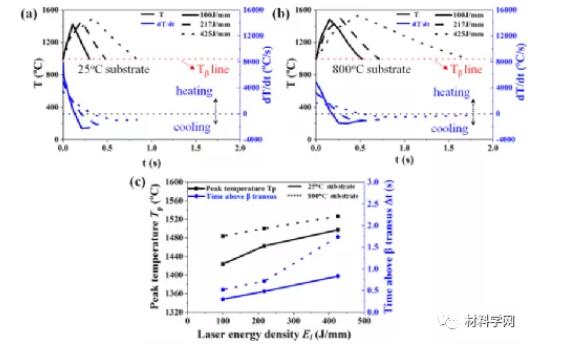
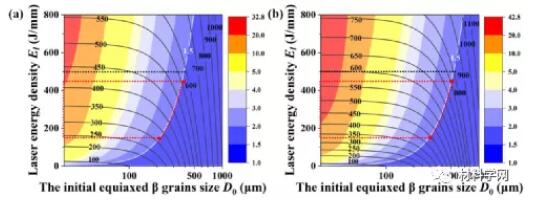
In short, the instantaneous high temperature (higher than Tβ) during laser directed energy deposition can cause the equiaxed β-grains of Ti6Al4V to be significantly coarsened. It is worth noting that when the initial β-grain is small, the laser energy density is large, and the preheating temperature is high, the grain coarsening becomes more serious. Therefore, in order to obtain fine equiaxed β grains in the AM titanium alloy, sufficient attention must be paid to avoid the thermal effect of the β grains from coarsening, especially for the high-efficiency deposition of large parts that contain a large amount of heat accumulation.
Although the grain coarsening can be suppressed by lowering the El and substrate temperature, it is worth noting that any changes to the optimized parameters may cause defects (such as porosity or poor fusion) and will sacrifice deposition efficiency. In addition, grain coarsening may also occur when the temperature during the heat treatment is higher than Tβ. However, from the perspective of AM titanium alloy composition design, it is possible to increase the grain growth activation energy Q by adding a small amount of boron, and to prevent grain boundary migration by introducing stable fine particles such as RE2O3, thereby reducing grain coarsening. These research results not only provide a more comprehensive understanding of the β-grain of AM titanium alloy, but also have important guiding significance for the composition design of AM titanium alloy with fine equiaxed β-grain.
The paper was published in the internationally renowned journal Scripta materialia. Link to the paper: https://www.sciencedirect.com/science/article/pii/S1359646221004607
